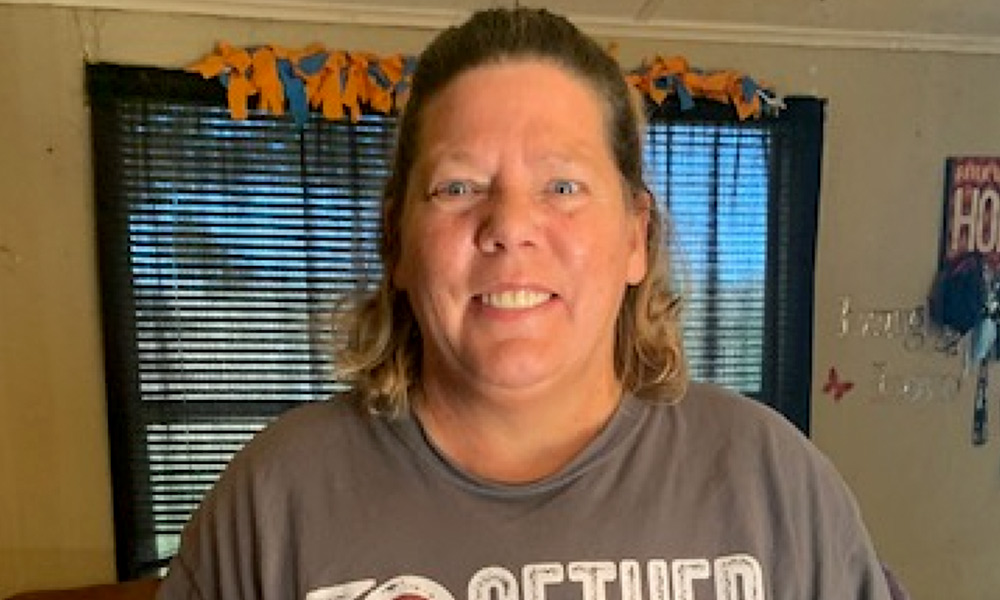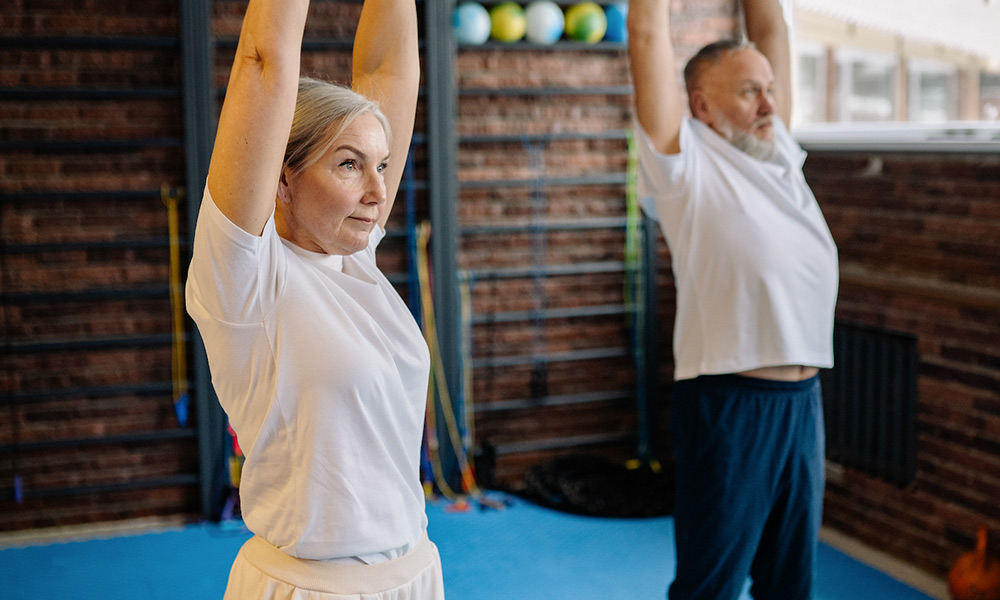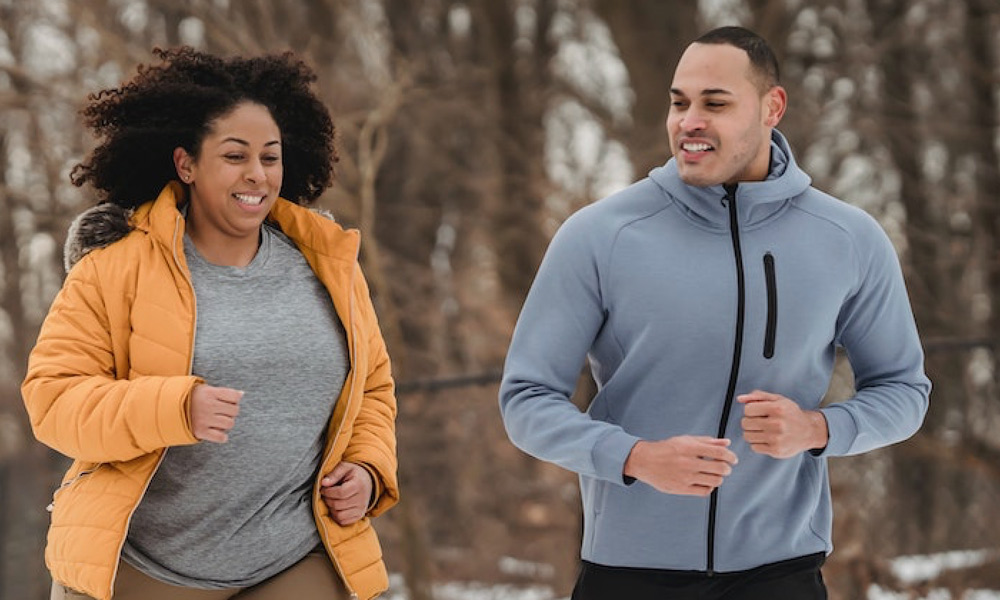Hearing that a friend has been diagnosed with cancer can leave you at a loss for words. Your first reaction may be to send food or flowers, or to call and visit. You may not know what to say or do to let them know you’re there.
It’s perfectly normal to be unsure of what to do when you know that your friend is in pain. If you’ve found yourself feeling this way, here are a few things you can do to support a friend who has recently received a cancer diagnosis.
Prepare Yourself Beforehand
This news can be terribly upsetting and overwhelming for loved ones, so it’s important to make sure that you process those feelings before visiting so that you can be there for your friend. You can also spend this time learning about their diagnosis and simply reaching out to let them know you’re there for them before taking any action.
Be Aware of Your Friend’s Conversational Cues
How a person chooses to communicate about their illness is a very personal decision. They may find it therapeutic to talk about their fears, challenges, and frustrations with their cancer diagnosis. However, you might also find that they want to talk about anything but illness. Let your friend know that you are there for them if they ever want to talk, but let them lead the way as they determine for themselves how much or how little they want to discuss it.
Try your best not to treat them differently than you would have before. Being compassionate and supportive doesn’t mean that you can’t laugh and share fun stories. In the same way, don’t shy away from uncomfortable topics and sad feelings. Let your friend vent and explore those feelings as they need to.
Ask Before Sending Food
People love sending food to comfort their loved ones, but keep in mind that your friend may be following a special diet that is recommended by their doctor. If you do want to make something for them, ask if they have any special requests or if they have foods they would prefer. You might consider other gifts to brighten their day, such as flowers, a homemade craft, or a book you know they’ll love.
Consider the Needs of Caregivers
When considering what you can do for your friend, also consider how their loved ones and caregivers are feeling. It can be stressful and emotionally straining to take care of someone you love who is in physical and emotional pain. You can acknowledge a caregiver’s feelings by asking them how they’re doing and giving them space to talk about it. You might also consider bringing them something to cheer them up when everything feels a little overwhelming.
Support them After their Diagnosis
A cancer diagnosis can lead to that person’s friends and family offering an overwhelming amount of support at the beginning that will then dwindle over time. Your friend will need consistent compassion throughout the entire process, even during recovery. Cancer can heavily impact a person’s emotional and physical being during every stage of the process—keep being there for them even after the well-wishes have slowed down.
Do You Know a Cancer Survivor?
Survivor Fitness works with cancer survivors to help them regain their health and wellness through one-on-one personal training and nutritional support. We walk alongside you to progress your post-treatment recovery, empowering you to take control of your healing journey. Connect with us today to learn more!






